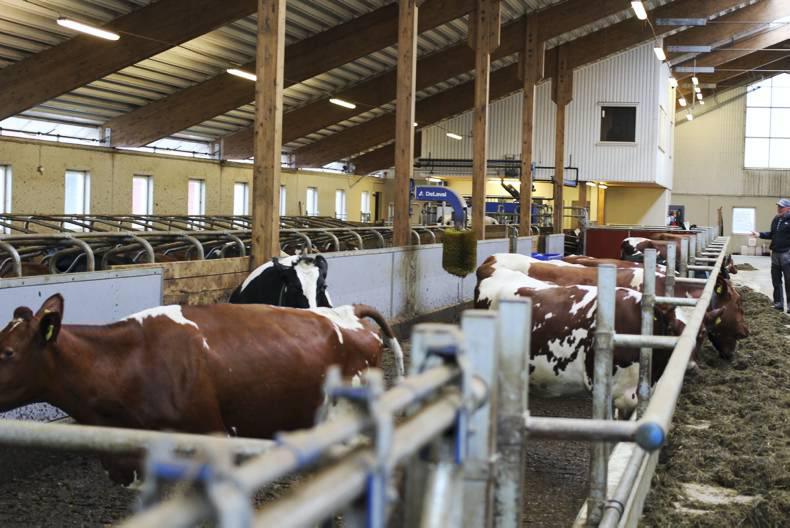
LOYALTY CODE:
The paper code cannot be redeemed when browsing in private/incognito mode. Please go to a normal browser window and enter the code there

LOYALTY CODE:
The paper code cannot be redeemed when browsing in private/incognito mode. Please go to a normal browser window and enter the code there
This content is copyright protected!
However, if you would like to share the information in this article, you may use the headline, summary and link below:
Title: Norwegian farmers enjoy milk prices between 50c/l and 55c/l
Farmers from one of Norway's 19 regions talk to Phelim O'Neill about the differences between Irish and Norwegian systems of production.
https://www.farmersjournal.ie/norwegian-farmers-enjoy-milk-prices-between-50c-l-and-55c-l-227412

ENTER YOUR LOYALTY CODE:
The reader loyalty code gives you full access to the site from when you enter it until the following Wednesday at 9pm. Find your unique code on the back page of Irish Country Living every week.

CODE ACCEPTED

You have full access to farmersjournal.ie on this browser until 9pm next Wednesday. Thank you for buying the paper and using the code.

CODE NOT VALID
Please try again or contact us.
For assistance, call 01 4199525
or email subs@farmersjournal.ie
Sign in

Incorrect details
Please try again or reset password
If would like to speak to a member of
our team, please call us on 01-4199525
Reset
password
Please enter your email address and we
will send you a link to reset your password

If would like to speak to a member of
our team, please call us on 01-4199525
Link sent to
your email
address
![]()
We have sent an email to your address.
Please click on the link in this email to reset
your password. If you can't find it in your inbox,
please check your spam folder. If you can't
find the email, please call us on 01-4199525.
![]()
Email address
not recognised
There is no subscription associated with this email
address. To read our subscriber-only content.
please subscribe or use the reader loyalty code.
If would like to speak to a member of
our team, please call us on 01-4199525
 This is a subscriber-only article
This is a subscriber-only article
Update Success !

A group of 50 Norwegian farmers have completed a four-day visit to Ireland during which they held discussions with the IFA and Teagasc, visited farms and met farmers involved in dairy, beef and potato production.
The visitors are members of Norges Bondelag, the Norwegian Farmers Union, and come from one of the 18 areas Norway is divided into for administrative purposes, similar to Irish counties. They were led by chair Thorleif Muller and joined by Christian Anton Smedshaug from Agri-Analyse, who acted as a special adviser to the group.
He is an agricultural economist and former Norwegian MEP who has written extensively on how the value of agricultural commodities cannot be protected without restraint on production.
A totally different proposition
Norwegian farmers find Irish farming a totally different proposition from their system. In Norway there is a serious deficit of production compared with consumption, requiring up to half of food consumed there to be imported. Production is quota-restricted, as is access to the Norwegian market for other countries. Consequently, they currently enjoy milk prices between the equivalent of 50c/l and 55c/l, while beef values are in excess of the equivalent of 700c/kg.
Ireland, of course, is a huge net exporting country and therefore much more exposed to global market values.
No access to CAP
Norway’s farmers don’t have access to the Common Agricultural Policy (CAP), although they are part of the European Economic Area and have free access to EU markets (excluding a range of agricultural products). The national government agrees farm support with the Norwegian Farmers Union annually and, with agriculture integrated with tourism and a wealthy oil-based economy, there is strong government support for farming.
More than the land of midnight sun
SHARING OPTIONS: